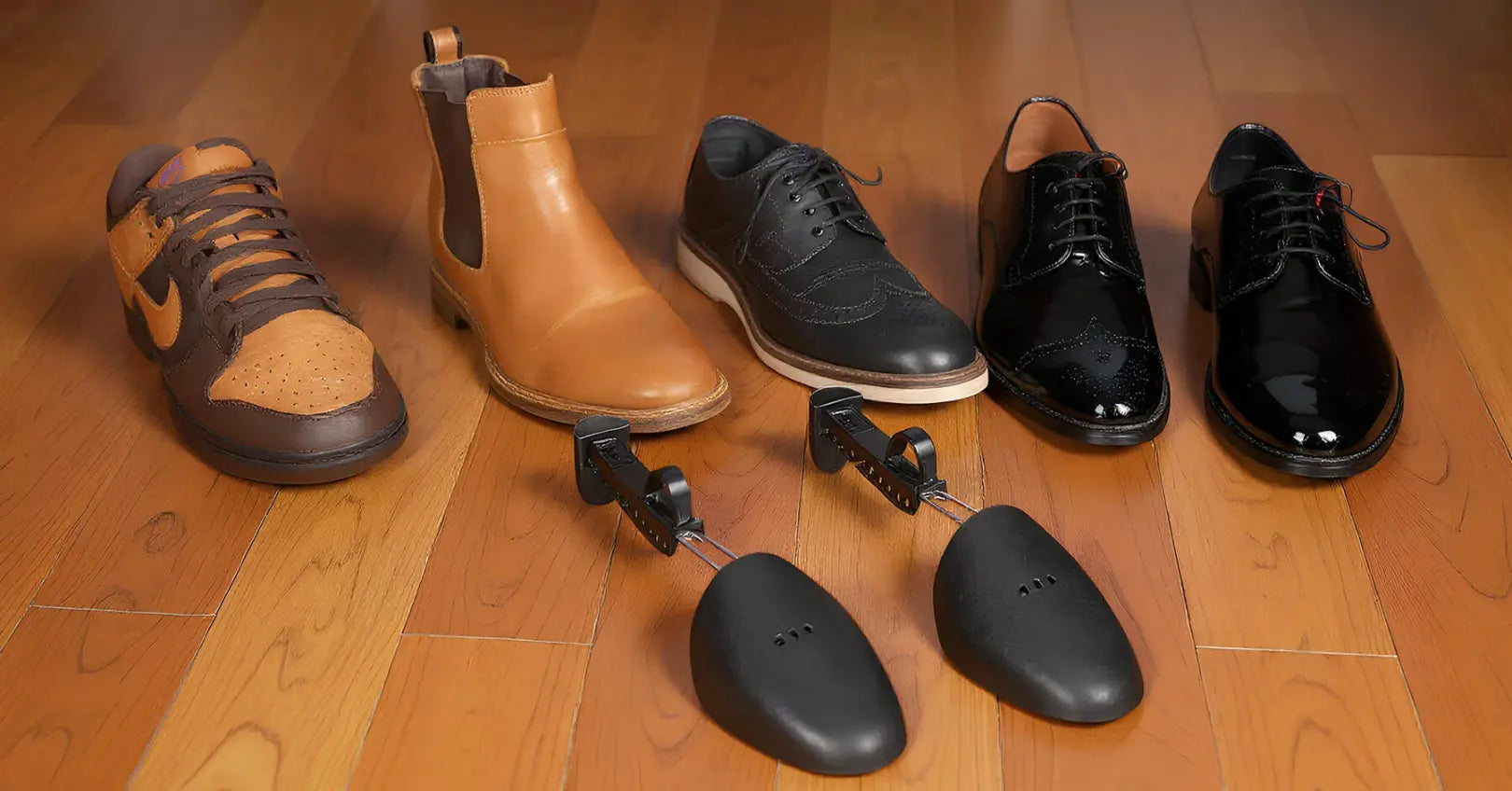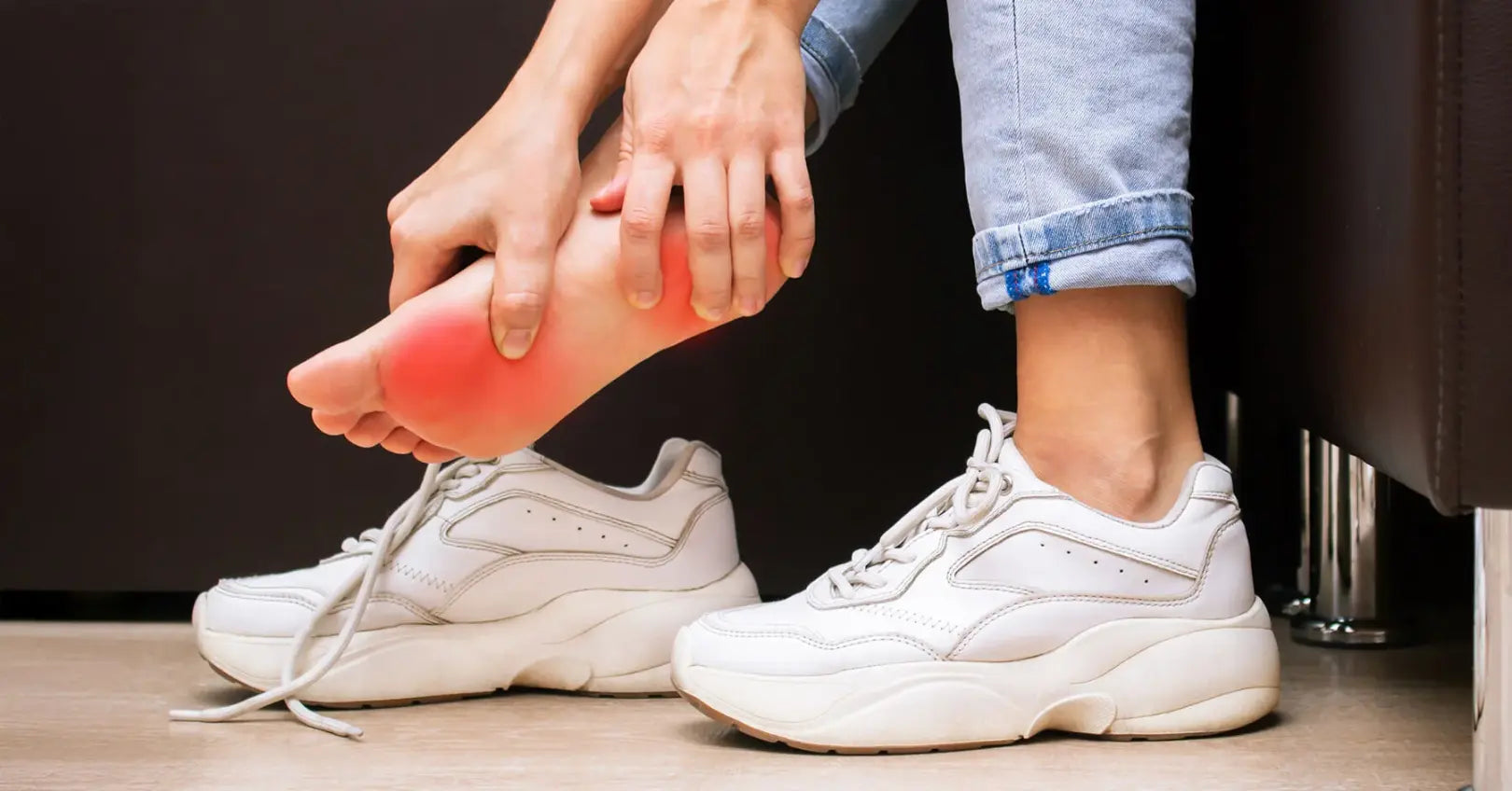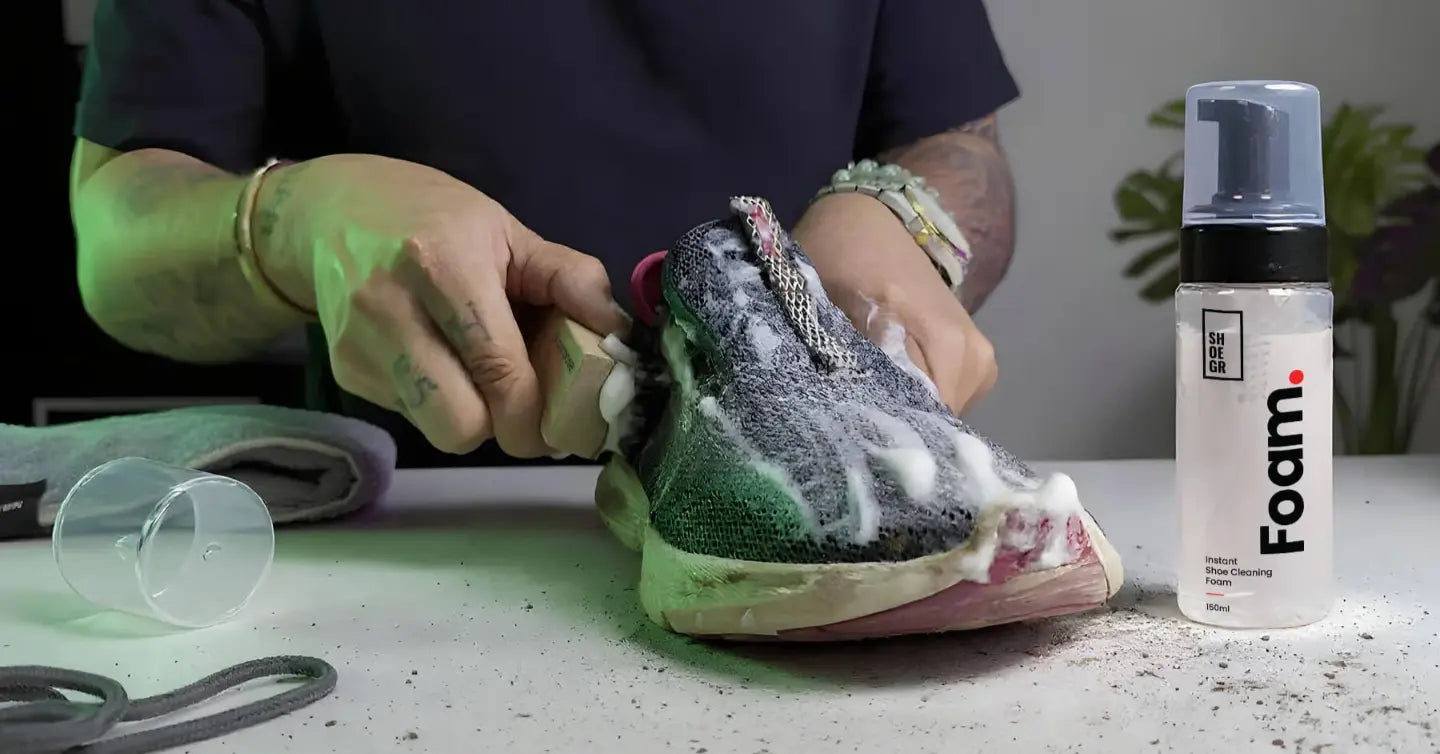
Shoe tree myths busted: What it does and doesn’t do for your shoes
When it comes to taking care of your shoes, you’ve probably heard someone recommend using a shoe tree. Maybe you’ve even seen one in a store or online—usually made of wood or plastic, shaped like the inside of a shoe, and often sold as a “must-have” for keeping shoes in good condition.
But do they really work? Or is it just another thing people spend on because it looks fancy?
Let’s break down the myths and truths about shoe trees once and for all.
✅ What a shoe tree does
Let’s talk about the real benefits of using it:
1. Keeps the shoe in shape
Shoes tend to lose their shape over time, especially leather shoes. When you take them off, they naturally start to collapse or bend in areas like the toe box or heel.
A shoe tree helps stop that. It fills out the shoe from the inside, keeping it firm and straight. So when you come back to wear them again, they look just as good as when you took them off.
2. Reduces wrinkles and creases
If you’ve noticed those ugly creases that form across the front of your shoes, especially dress shoes or sneakers, you’re not alone. These creases form where the shoe bends while walking.
Shoe trees gently push against those areas and reduce the depth of the creases. While it won’t completely remove them, it can help prevent new ones from forming and keep old ones from getting worse.
3. Make machine washing easier and safe
Even if your shoes are machine-wash safe, they can lose their shape after a wash. When wet, the fabric or material softens, and as it dries, it may shrink or fold in weird ways.
Using a shoe tree while machine-washing or drying your shoes helps them keep their original shape. It prevents curling, flattening, and awkward bends, especially around the toe and heel.
4. Makes cleaning and polishing easier
When your shoe is firm and held in its original shape, it’s easier to clean or polish. You don’t have to fight with the soft bends or hold the shoe up with one hand. It gives structure, making your job simpler.
5. Prepares shoes for storage or travel
If you’re putting your shoes away for a while, a shoe tree keeps them ready for the next wear. No flat shapes. No weird bends. Just clean, well-kept shoes.
For people who travel often, lightweight plastic ones can help you pack shoes safely in your luggage without crushing them.
6. Helps break in new shoes gently
When you get a new pair of dress or sports shoes, they can feel stiff and tight at first. Inserting a shoe tree in them before you wear them allows the material to stretch slightly and adapt to your foot shape more comfortably—making the break-in process smoother and less painful.
❌ What a shoe tree doesn’t do
Now let’s bust some common myths.
1. It won’t fix a damaged or misshapen shoe
If your shoe has already lost its shape completely, a shoe tree can’t fix it. It can help prevent more damage, but it won’t magically bring the shoe back to life. Same goes for shoes that are wet and then dry up wrinkled or stiff.
2. It doesn’t work the same for all shoe types
It's best for sneakers, loafers, or formal dress shoes. For some soft or textile shoes like running shoes, slip-ons, or sandals, they might not do much.
In fact, inserting a hard shoe tree into soft material can stretch it the wrong way or damage the shape. So be careful and only use them when appropriate.
3. Not all shoe trees are the same
Cheap ones may help with shape but might rust and cause stains in the shoes. Also, poorly sized or over-tight ones can do more harm than good. Always pick the right size and material for your shoes.
4. It’s not a one-time fix
It works best when used regularly. Putting it in your shoes once a month won’t do much. But if you make it a habit to insert them after every wear, especially after long days, you’ll start seeing the difference.
When should you use a shoe tree?
Ideally, insert a shoe tree right after removing your shoes. That’s when your shoes are still warm and slightly damp from wear, so it can do its job properly. Use them in:
-
Leather formal shoes
-
Boots
-
Loafers
-
Sneakers
You don’t need them for rubber sandals, flip-flops, or fully synthetic running shoes (unless you're going for shape retention). To know more details, you can also check this blog: What is a shoe tree and why every sneakerhead needs them.
Final thoughts
Shoe trees aren’t a gimmick—they’re a simple, smart tool for anyone who wants their shoes to last longer and look better. But they’re not miracle workers either. Think of them as part of a larger shoe care routine: cleaning, drying, storing, and maintaining your footwear properly.
So if you’ve been skipping on shoe trees, thinking they’re just for shoe lovers or sneakerheads with closets full of Italian leather or limited editions—think again. A small investment in the right shoe tree can make a big difference in how your shoes age.
Care for your shoes, and they’ll care for your feet.


